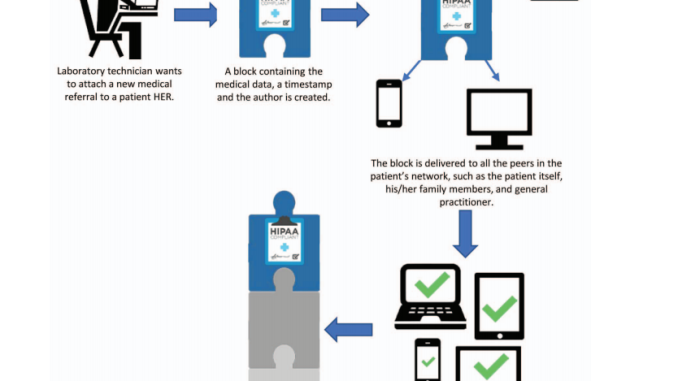
In today’s digital age, the security and privacy of medical records are paramount. With the increasing threat of data breaches and cyber attacks, it is more important than ever to ensure that sensitive patient information is safeguarded. This is where blockchain technology comes in – offering unparalleled security and transparency for medical records management.
What is Blockchain Technology?
Blockchain is a decentralized, distributed ledger technology that enables the secure and transparent transfer of data. Each block in a blockchain contains a timestamped record of transactions, which are linked to previous blocks in a chain-like structure. This ensures that the data is tamper-proof and cannot be altered without consensus from the network.
Blockchain technology utilizes cryptographic techniques to secure the data and provide transparency through a decentralized network of nodes. This makes it virtually impossible for hackers to manipulate the records or gain unauthorized access to sensitive information.
Enhanced Security for Medical Records
By leveraging blockchain technology, healthcare providers can significantly improve the security of patient medical records. The decentralized nature of blockchain ensures that there is no single point of failure, reducing the risk of data breaches and unauthorized access.
All medical records stored on the blockchain are encrypted and can only be accessed by authorized personnel with the relevant decryption keys. This ensures that patient data remains confidential and secure at all times.
Transparency and Audibility
One of the key advantages of blockchain technology is its transparency and immutability. Each transaction recorded on the blockchain is time-stamped and linked to previous blocks, creating a transparent and auditable trail of data. This allows healthcare providers to track the entire history of a patient’s medical records and verify the authenticity of the information.
Blockchain technology also enables patients to have greater control over their own medical records. By granting patients access to their records on the blockchain, they can securely share their information with healthcare providers, insurers, or other authorized parties, while maintaining full ownership and control of their data.
Interoperability and Data Sharing
One of the biggest challenges in healthcare today is the lack of interoperability between different systems and providers. Blockchain technology can help bridge this gap by enabling secure and seamless data sharing between healthcare organizations.
With blockchain, patient medical records can be securely shared between providers, insurers, and other authorized parties in real-time, without compromising the security or integrity of the data. This can lead to more efficient and coordinated care, as well as improved patient outcomes.
Conclusion
Blockchain technology is revolutionizing the way medical records are managed and secured. By leveraging the inherent security and transparency of blockchain, healthcare providers can ensure the confidentiality and integrity of patient information, while enabling seamless data sharing and interoperability between different stakeholders.
As the healthcare industry continues to evolve and embrace digital transformation, blockchain technology will play a crucial role in safeguarding the privacy and security of medical records, ultimately leading to better patient care and outcomes.
